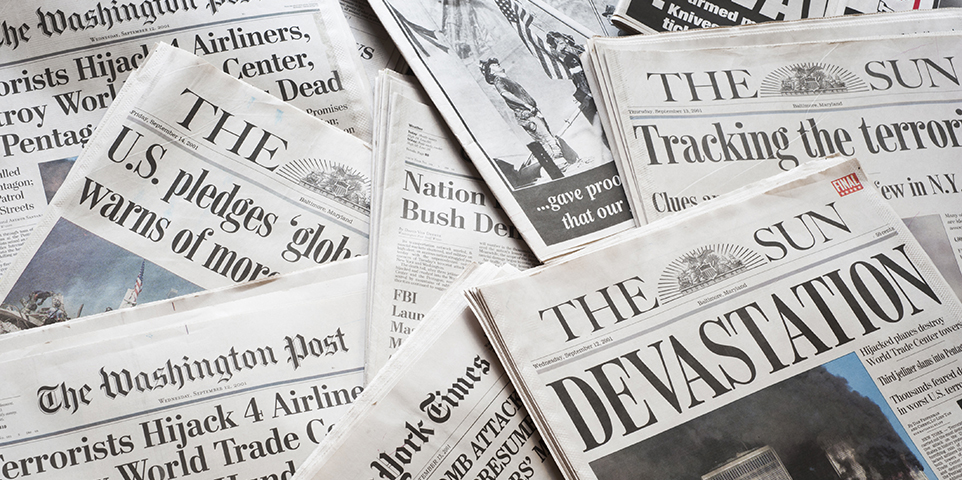September 11, 2001, like the bombing of Pearl Harbor on December 7, 1941, is a day that lives in infamy. But 9/11 was different in the sense that the attacks targeted not only a military site—the Pentagon building in Virginia—but an internationally recognized building which was the workplace for thousands of civilians, New York City’s World Trade Center. Nearly 3,000 people died on 9/11 in Virginia, New York and Pennsylvania as a group of terrorists hijacked four commercial airplanes, and turned them into weapons of mass destruction.
The U.S. foreign policy initiatives launched after 9/11 are widely known, and have been extensively chronicled. The changes to U.S. commercial aviation practices, and the formation of the U.S. Department of Homeland Security, fall into this category, too. Over the past decade the Insurance Information Institute (I.I.I.) has examined a lesser known impact of that day’s events, namely the broad insurance repercussions. Indeed, the I.I.I.’s white paper on terrorism risk insurance, updated most recently in April 2011, offers an excellent primer on Congress’ enactment of the Terrorism Risk Insurance Act (TRIA) in 2002, and how that law has altered the way private sector insurers and reinsurers assess the threat terrorists pose to their policyholders.
The death of Osama bin Laden in May 2011 rekindled public and media interest in this topic, as reflected in the first of the two I.I.I. videos below. It was filmed at Ground Zero in lower Manhattan the day after President Obama announced that the head of al Qaeda had been killed in Pakistan by the U.S. military
For property/casualty insurers and reinsurers, 9/11 was at the time the largest cumulative claims payout in global insurance history, producing insured losses of about $32.5 billion, or $40 billion (in 2010 dollars). That dollar amount has since been exceeded only once, by Hurricane Katrina in 2005, which produced losses of more than $45 billion (in 2010 dollars). September 11 related losses were paid out across many different lines of insurance, including property, business interruption, aviation, workers compensation, life and liability. Moreover, terrorism risk insurance, a product that was almost nonexistent in the U.S. prior to 9/11, is in 2011 an essential coverage for millions of American businesses. More details on these, and related matters, can be found below.
INSURANCE INFORMATION INSTITUTE RESOURCES
Backgrounders and Research
